Two countries come for Australia’s billions from critical minerals
Two countries have set their sights on taking on Australia’s multi-billion dollar industry. And they’ve got the money to leave our ambitions in the dust.
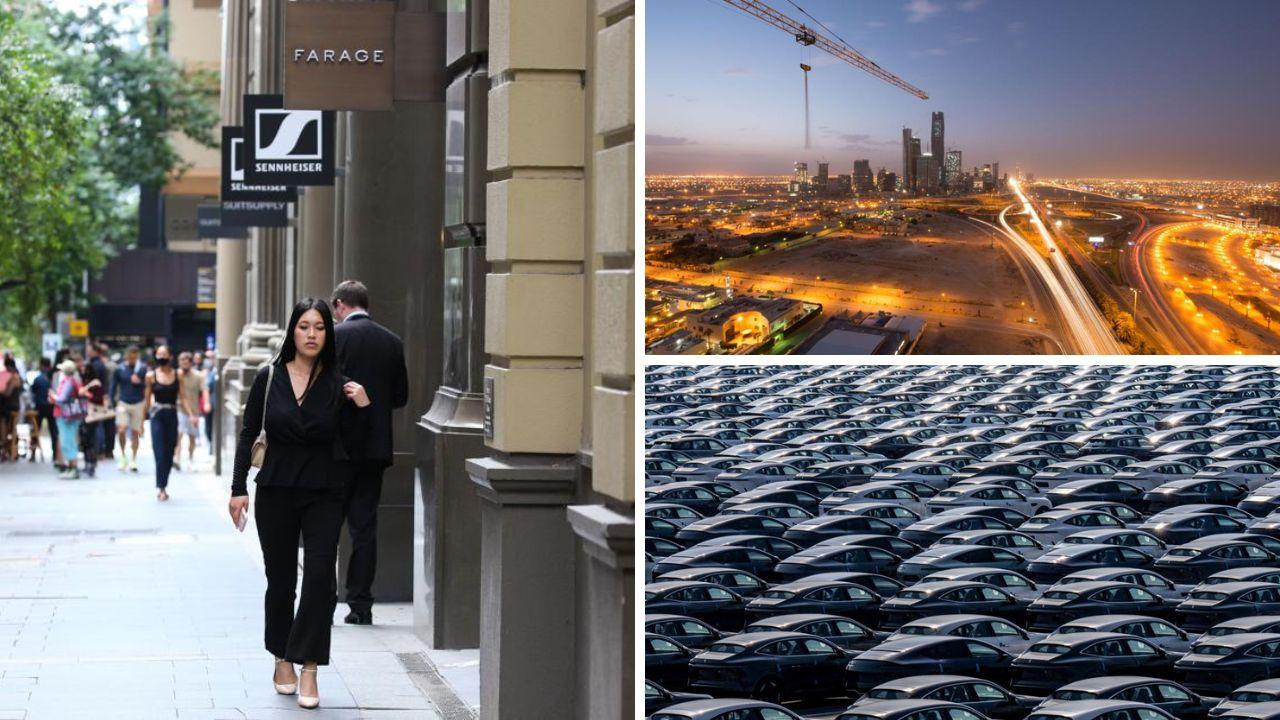
The Middle East’s mega-rich oil kingdoms can see the writing on the wall. The time of big oil is over. The future is all about critical minerals. And they’ve got the money to leave Australia’s ambitions in the dust.
Oil and coal were the lifeblood of the world’s economy.
That’s now rapidly moving to sustainably generated electricity.
And while nobody owns the sun or wind, they can control the supply of essential minerals and metals needed to harvest both.
A wind generation facility needs nine times more minerals and metals than a gas-fired power plant. An electric car needs six times that of a petrol-driven car.
“An energy system powered by clean energy technologies differs profoundly from one fuelled by traditional hydrocarbon resources,” states the International Energy Agency (IEA).
“Since 2010, the average amount of minerals needed for a new unit of power generation capacity has increased by 50 per cent as the share of renewables in new investment has risen.”
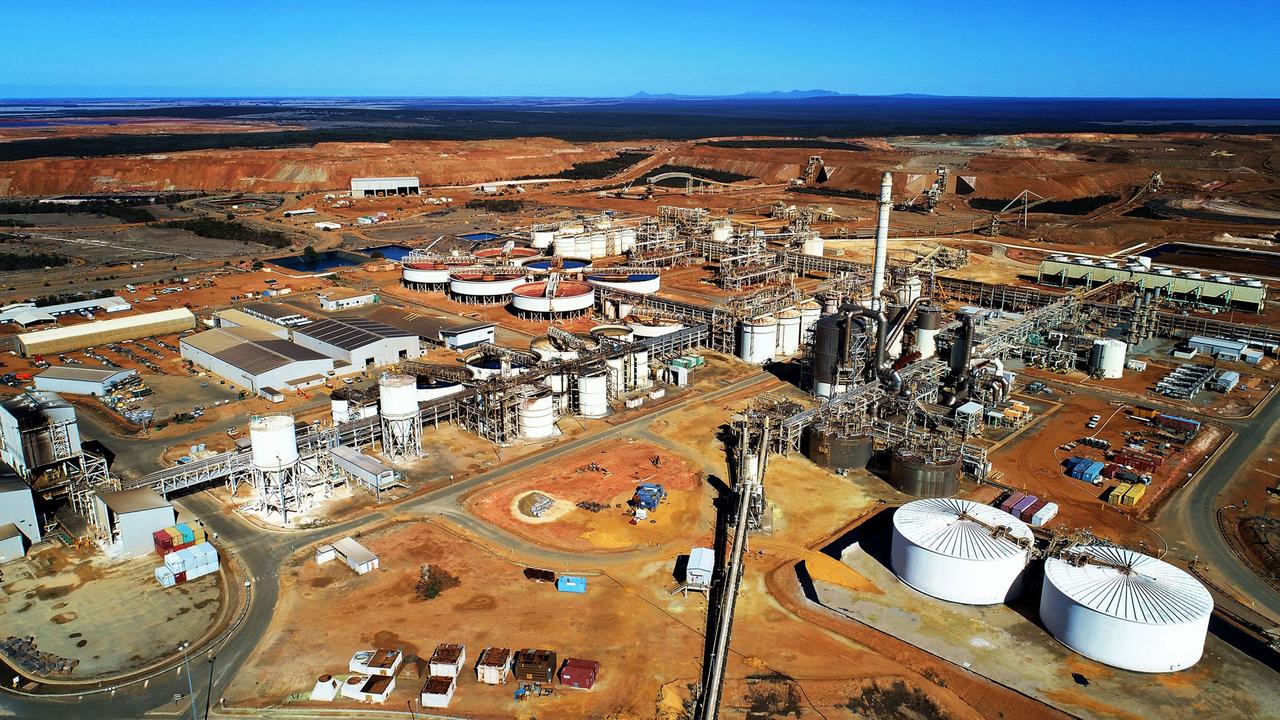
Copper. Nickel. Lithium.
Critical minerals are defined by their central role in producing ultra-efficient batteries, electric motors and other high-tech components. But the category also reflects their vulnerability to supply interruption through economic, weather, or geopolitical shocks.
Holmium. Scandium. Yttrium.
Rare earths can fall under the critical minerals umbrella. And while these exotic materials aren’t needed in enormous quantities, they do produce substantial boosts in performance. But finding them, extracting them and purifying them can be immensely expensive – and polluting.
Altogether, this makes the critical minerals sector somewhat more risky than the “dig it and ship it” economics of bulk iron ore and coal.
For Australia, that’s both a good thing and a bad thing.
Good, because Australia’s stable government, transparent legal system, and existing mining and transport infrastructure help reduce that risk.
Bad, because multinational mining corporations have to convince investors they can earn worthwhile returns while meeting standards.
But cashed-up autocracies like Saudi Arabia and the United Arab Emirates aren’t beholden to shareholder concerns about pollution, politics or short-term profits.
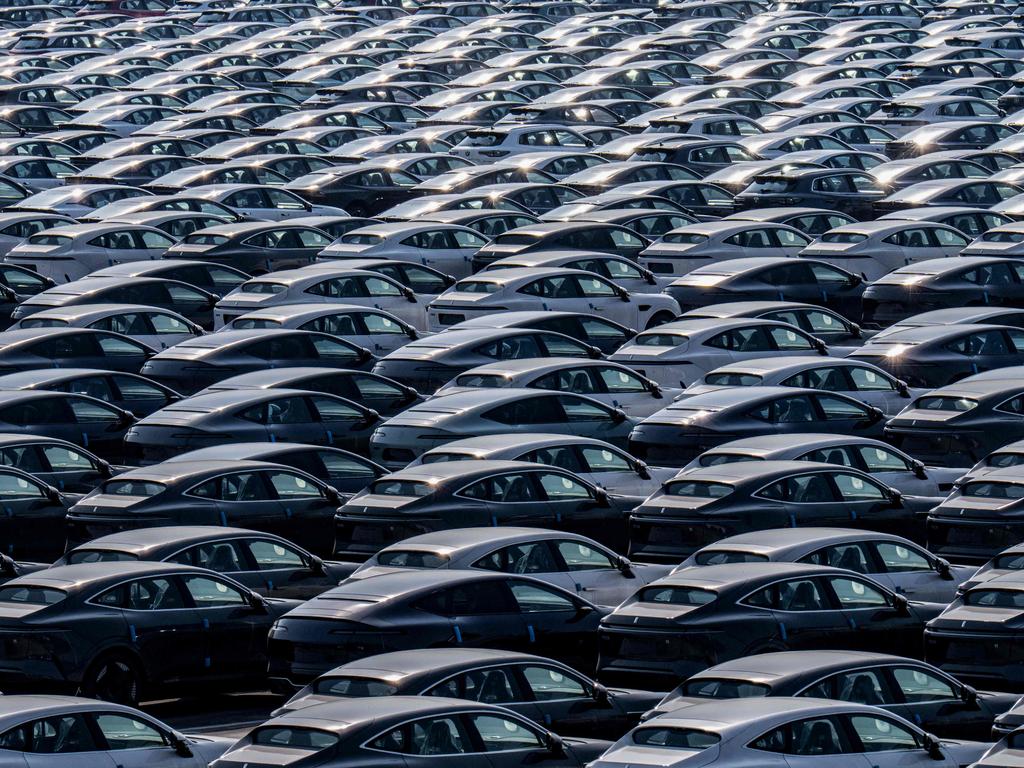
Can you dig it?
After years of influencing the global economy through the Organization of the Petroleum Exporting Countries (OPEC), the Middle Eastern oil powers are beginning to follow China’s lead in a bid to secure control over critical minerals.
Decades of investment have given Beijing a commanding lead in the technologies needed to sort and smelt these minerals economically. And Chairman Xi Jinping’s “Belt and Road” economic initiative has secured access to many of the world’s leading suppliers in South America and Africa.
The upshot is China dominates the processing of these resources.
It accounts for 63 per cent of the world’s supply of rare earth elements alone. And only five of the world’s rare earth refineries are not under Beijing’s control.
But the IEA, mineral production must increase six-fold by 2040 to meet demand driven by the transition to an all-electric economy.
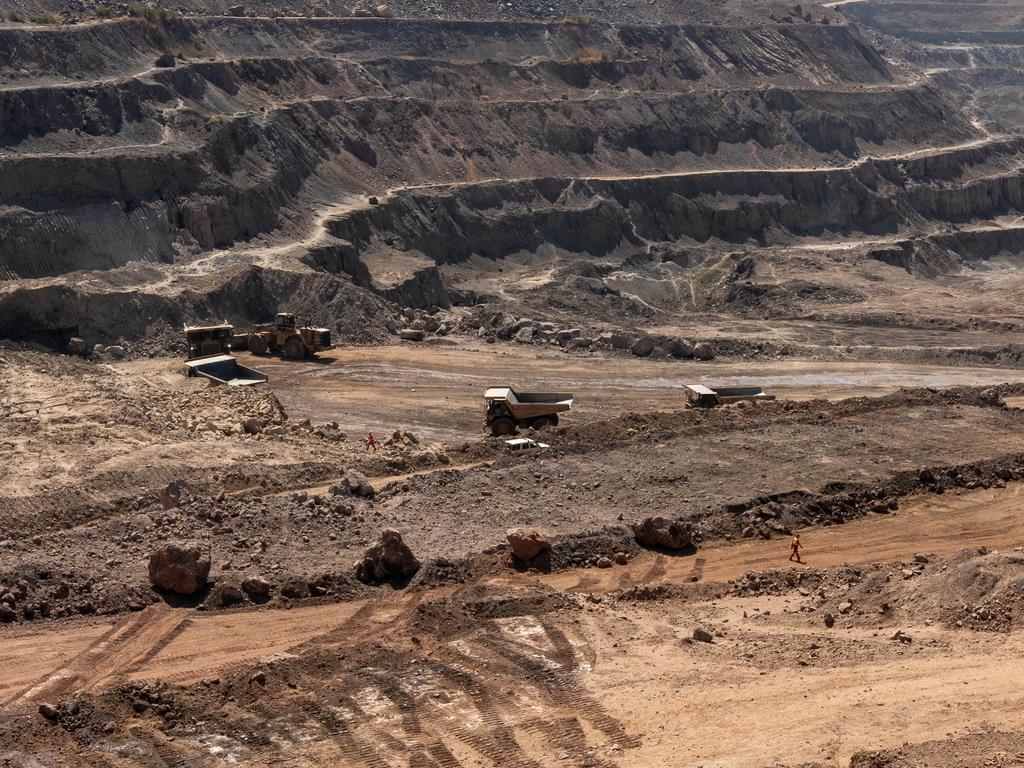
And the UAE and Saudi Arabia want a slice of the action.
Both are diverting oil profits towards investments in critical mineral mines and supply chains in a bid to buy out a commanding stake in the growing industry.
“Saudi Arabia is being transformed. Through this transformation, we want to be an economic powerhouse,” Saudi Arabia’s vice minister for mining, Khalid al-Mudaifer, told Semafor. “To be an industrial power, we need minerals. To build projects, we need minerals. Therefore, mining in Saudi Arabia is the first step. Bringing minerals from outside is the second step. Third step is to build Saudi Arabia as a hub.”
Neither Saudi Arabia or the UAE are home to known significant critical mineral reserves.
But Riyadh recently set aside $182 million for mineral exploration in recognition it lacks extensive surveys. And it’s actively pursuing ways to tap the $2.5 trillion mineral reserves that have already been identified.
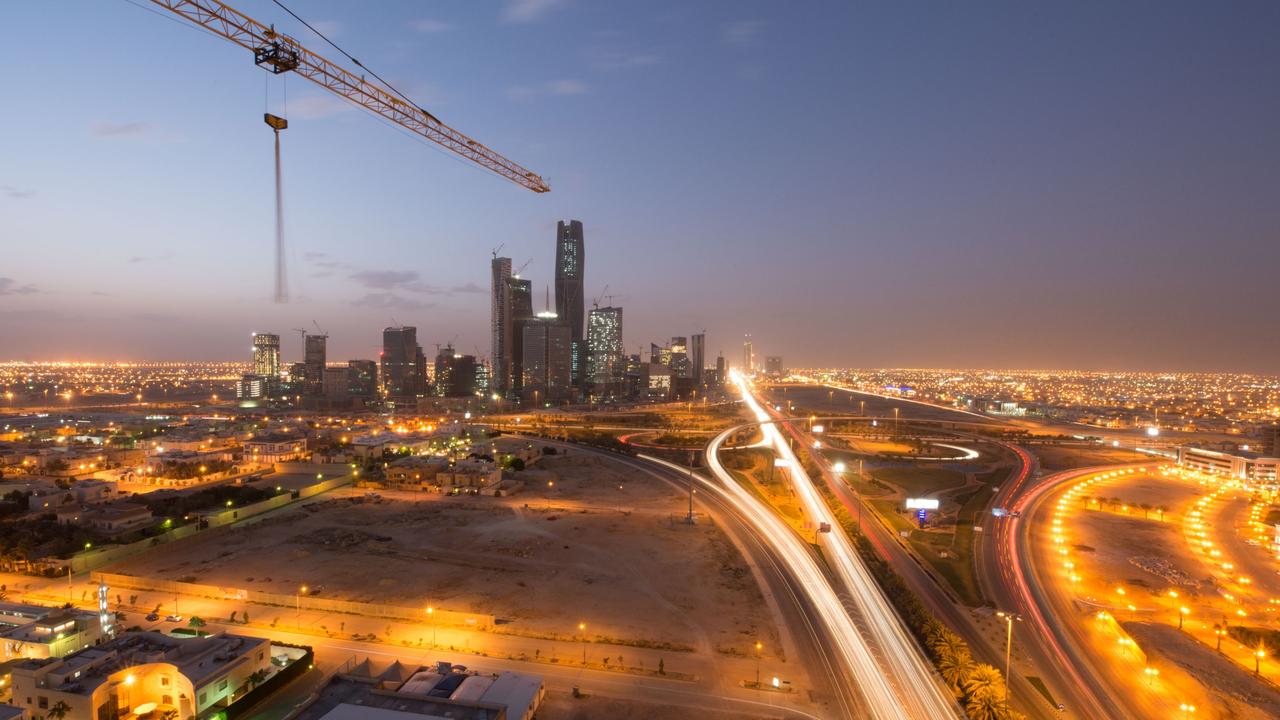
Both nations, however, are looking to buy into the supply chain through developing countries.
The global economy is becoming increasingly polarised between China and the United States. And that’s left the door open for the Middle Eastern oil powers to exploit their traditionally non-aligned status.
And that may prove popular among African and South American nations contending with the political, social, economic and environmental turmoil resulting from decades of Cold War interventions.
“Saudi Arabia announced that it would purchase $US15 billion in global mining stakes to secure minerals from countries such as Namibia, Guinea, and the Democratic Republic of Congo,” says Center for Strategic and International Studies (CSIS) analyst Gracelin Baskaran. “(This is) to increase critical minerals supply for domestic processing and manufacturing, in support of its ambitious goal of producing 500,000 electric vehicles annually by 2030.”
Great minerals struggle
“Saudi Arabia has shown they are willing to deploy the capital at a time when many private sector players are scaling back on investment,” says Baskaran. “It has also shown that it is willing to provide African countries with the support to ensure they get more from their resources.”
The CSIS analyst says Africa is the focus of the Middle East oil powers’ efforts because it contains 75 per cent of the world’s known manganese, platinum and chromium deposits. It also has half the world’s cobalt and one-fifth of its graphite.
There’s also Africa’s “copper belt”, a region of rich deposits extending from Congo and Zambia to Botswana. And the continent also has viable supplies of lithium.
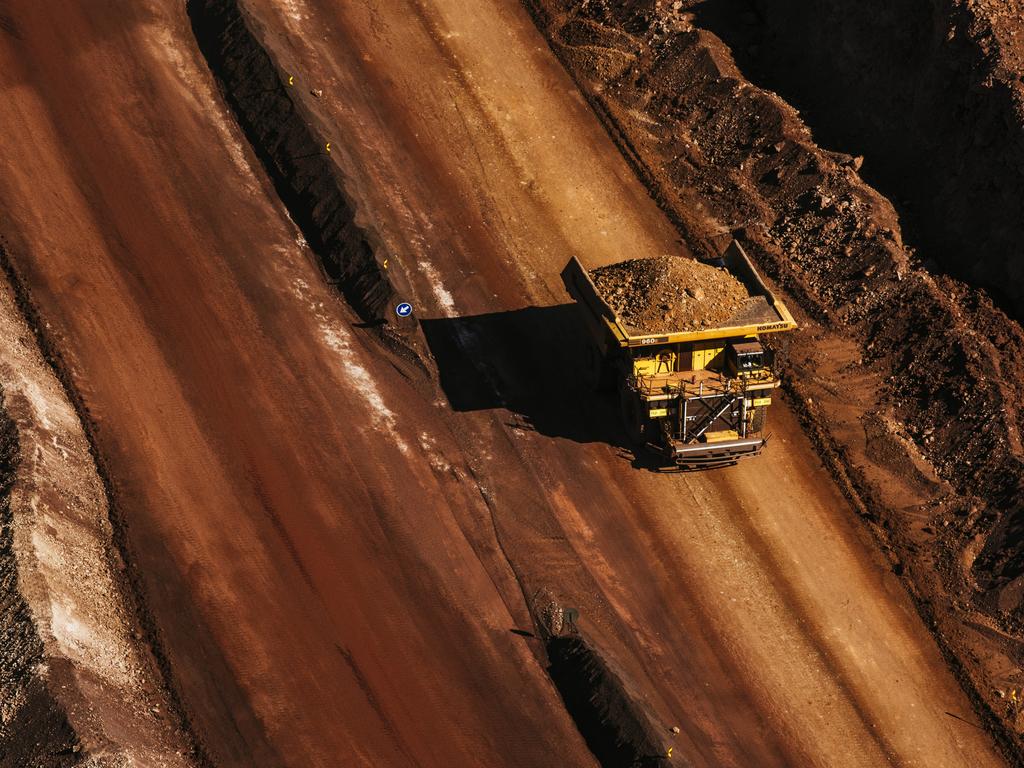
Australia has the world’s largest known deposits of gold, iron ore, lead, nickel, rutile, uranium, zinc and zircon. And it has significant reserves of many others, including copper and lithium.
“The road through net zero runs through Australia’s resources sector,” Federal Minister for Resources Madeleine King declared while releasing a new critical minerals study earlier this month. “Australia’s resources are mined and processed to the highest standards – making them the cleanest and greenest in the world,” King added.
Equally important, Australia is not a source of significant ESG (environmental, social and government) interruption.
These are serious concerns for multinational corporations seeking to expand their critical minerals portfolios.
But not for the UAE and Saudi Arabia. Nor China.
Nor are they concerned about producing immediate returns for investors.
“Saudi Arabia is not sensitive to short-term price signals,” says Baskaran. “So while global mining exploration and activity has contracted, Saudi Arabia has scaled up its overseas investments.”
Riyadh is also mostly buying up substantial stakes in existing projects.
“Saudi Arabia’s equity stake approach eliminates the burden of exploring, permitting, building, and operating a mine. Instead, it lets the kingdom go straight to securing supply,” Baskaran explains.
The UAE is also actively buying up its stakehold.
It has moved to secure access to copper through a $US 1.9 billion partnership with Congo. Similar talks with Zambia are advancing.
But Australia’s not entirely being left out in the cold.
Abu Dhabi is in talks with Canberra over a free-trade agreement that could open the door for the UAE to make commanding investments in Australia’s critical minerals sector.
Jamie Seidel is a freelance writer | @JamieSeidel






